Data Structures(Representation of a graph in data structures)
Representation of Graphs in Data Structures:
Graphs in data structures are used to represent the relationships between objects. Every graph consists of a set of points known as vertices or nodes connected by lines known as edges. The vertices in a network represent entities.
The most frequent graph representations are the two that follow:
- Adjacency matrix
- Adjacency list
You’ll look at these two representations of graphs in data structures in more detail:
Adjacency Matrix
- A sequential representation is an adjacency matrix.
- It's used to show which nodes are next to one another. I.e., is there any connection between nodes in a graph?
- You create an MXM matrix G for this representation. If an edge exists between vertex a and vertex b, the corresponding element of G, gi,j = 1, otherwise gi,j = 0.
- If there is a weighted graph, you can record the edge's weight instead of 1s and 0s.
Undirected Graph Representation
Directed Graph Representation
Weighted Undirected Graph Representation
Weight or cost is indicated at the graph's edge, a weighted graph representing these values in the matrix.
Adjacency List
- A linked representation is an adjacency list.
- You keep a list of neighbors for each vertex in the graph in this representation. It means that each vertex in the graph has a list of its neighboring vertices.
- You have an arra of vertices indexed by the vertex number, and the corresponding array member for each vertex x points to a singly linked list of x's neighbors.
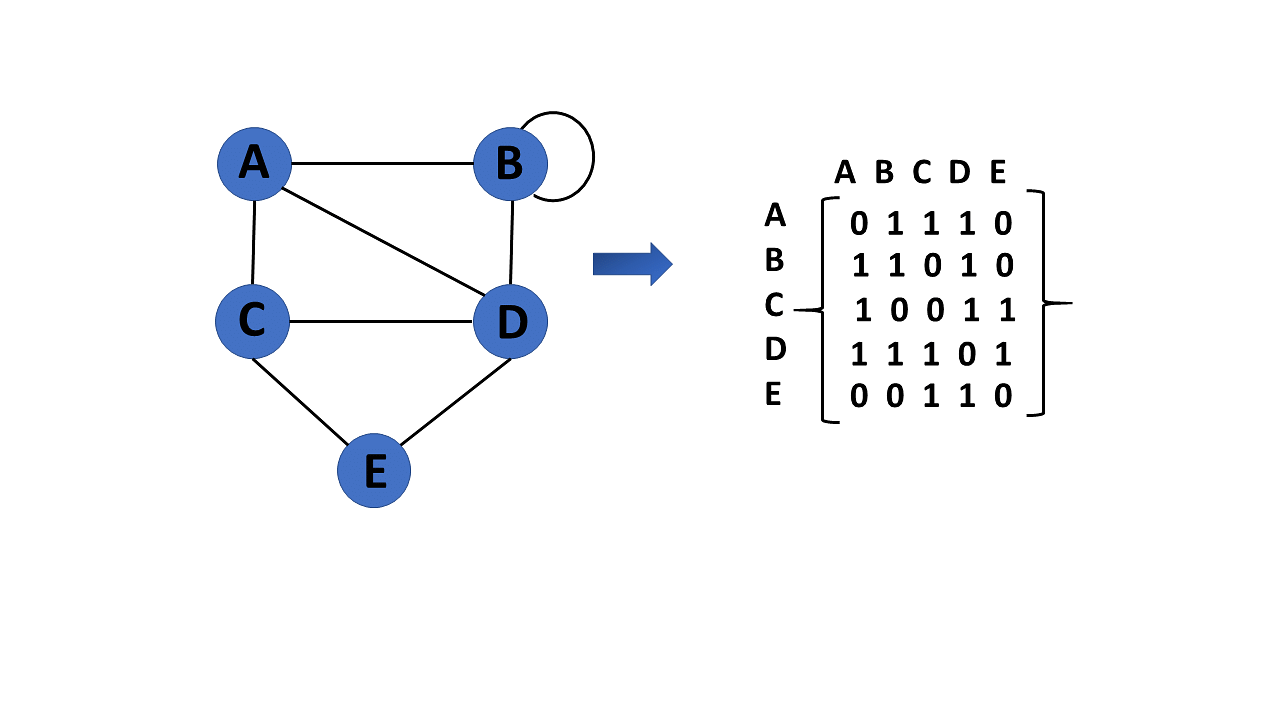
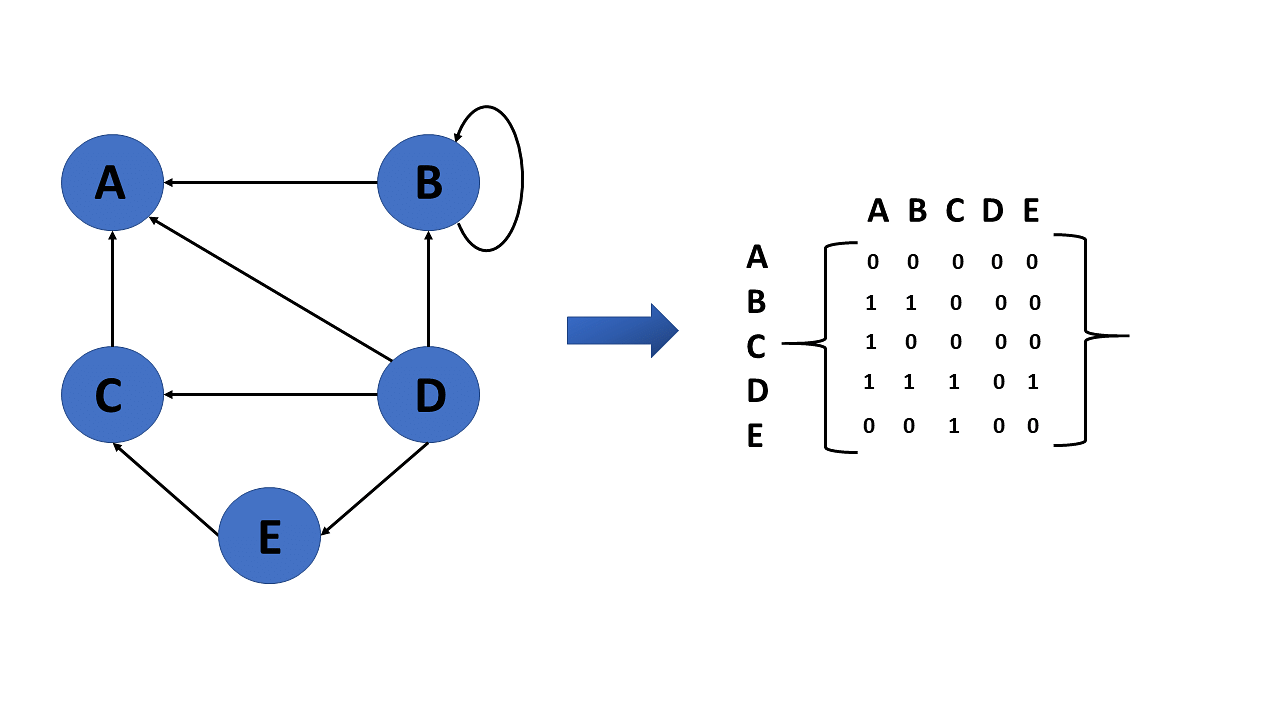
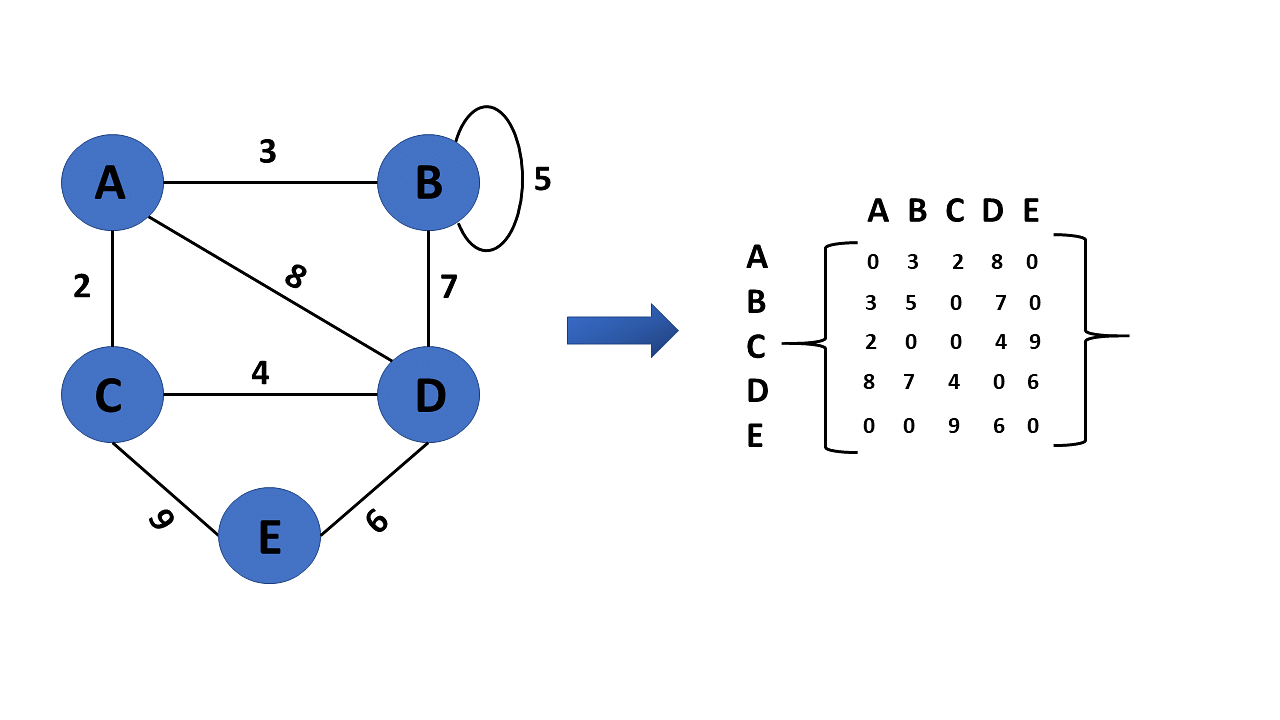
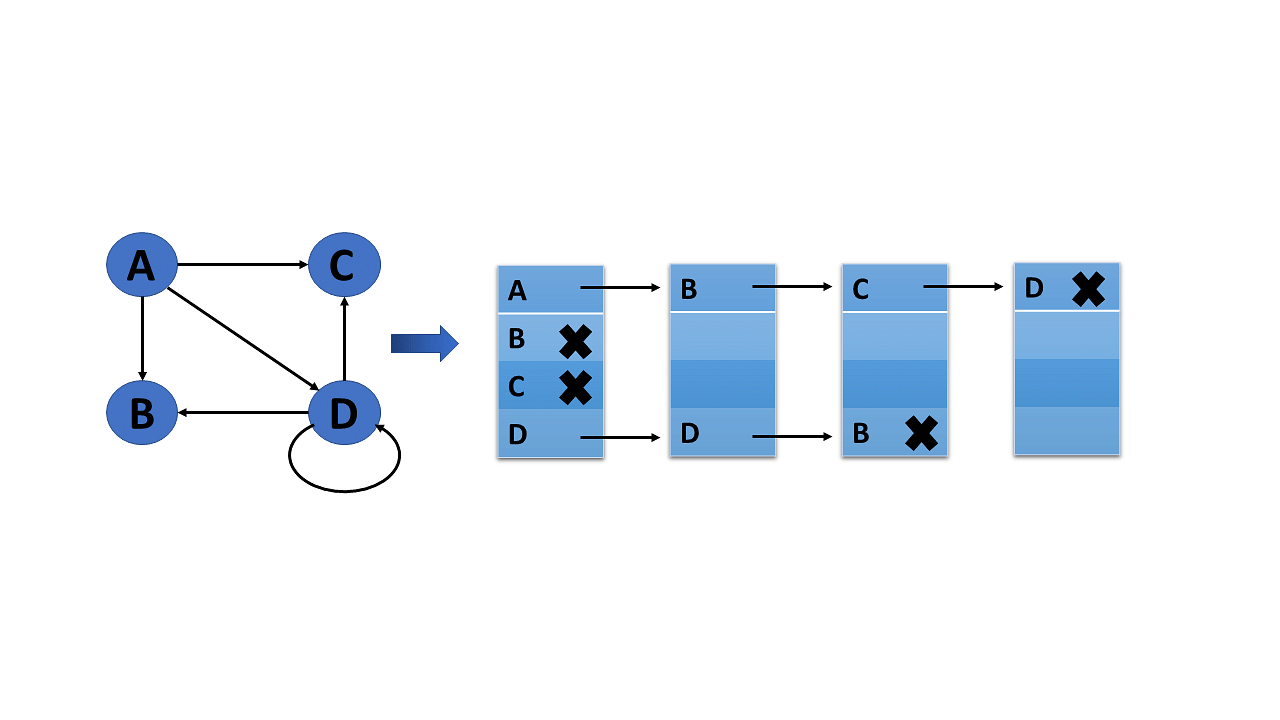
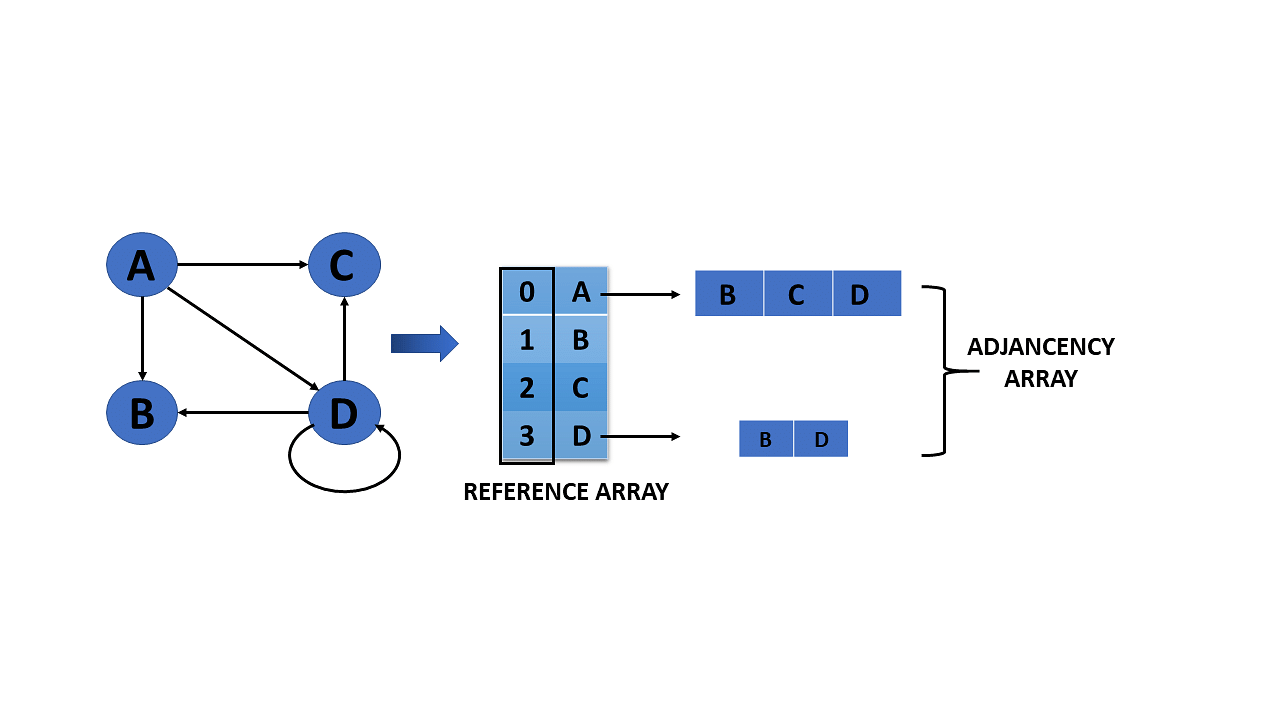
Comments
Post a Comment